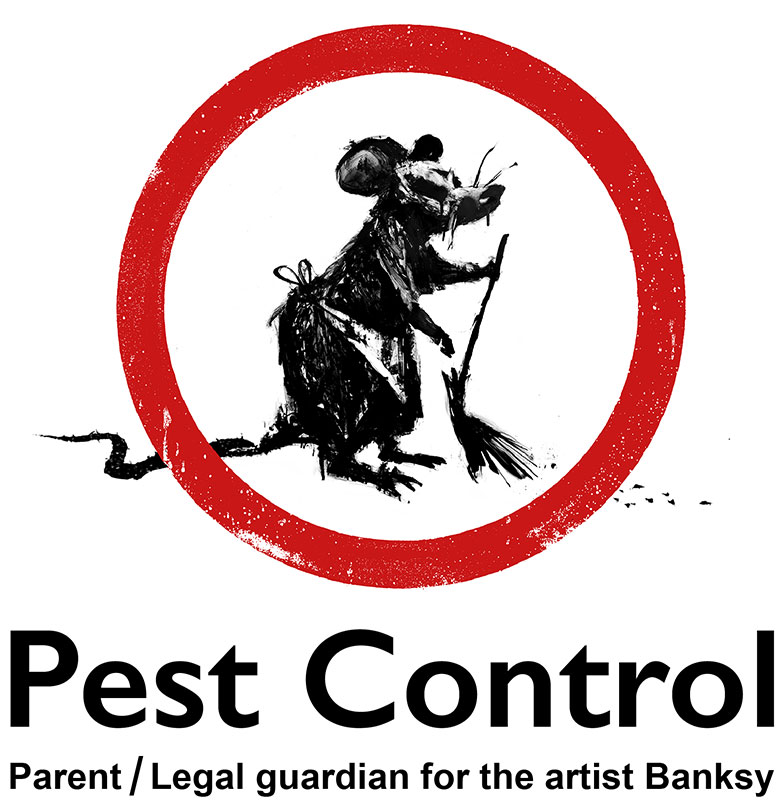Professional A1 Charlotte Bed Bug Exterminator - Quality Service Guaranteed
Professional A1 Charlotte Bed Bug Exterminator - Quality Service Guaranteed
Blog Article
Bed Bug Therapy Failure: Contrasting Chemical Vs. Non-Chemical Solutions
In the world of insect control, specifically when taking care of the consistent issue of bed insects, the selection between chemical and non-chemical treatment options can be a pivotal one. Both strategies use distinct advantages and drawbacks, influencing aspects such as effectiveness, safety factors to consider, and total price. By analyzing the nuanced information of each approach, a clearer understanding of which course to go after in dealing with a bed pest invasion can be achieved.
Efficiency of Chemical Treatments
Chemical treatments for bed bug invasions have actually been extensively identified for their powerful and rapid effectiveness in eradicating these bugs. When taking into consideration the effectiveness of chemical treatments, it is vital to understand that they can provide a extensive and fast remedy to a bed bug trouble. Specialist pest control men frequently count on insecticides to target bed insects at various phases of their life process, consisting of eggs, nymphs, and grownups. These chemicals generally function by interrupting the bed bugs' nerves, bring about paralysis and ultimate death.
Moreover, chemical therapies have the benefit of providing residual effects, implying that they can proceed to eliminate bed bugs also after the initial application. This recurring action is especially helpful in combating any possible re-infestations. Furthermore, the rapid activity of chemical therapies can bring relief to people dealing with severe bed bug infestations, enabling them to restore control of their living rooms rapidly.
Safety Worry About Chemical Solutions
One important element that needs cautious consideration when using chemical remedies for bed insect therapy is guaranteeing the safety and security of owners and the atmosphere. Exposure to particular chemicals utilized in bed bug treatments can lead to respiratory problems, skin irritation, or various other damaging reactions, particularly in individuals with pre-existing problems or level of sensitivities.
Additionally, the ecological influence of chemical services is another significant factor to consider. Some pesticides made use of in bed bug therapies might be dangerous to useful pests, wildlife, and ecosystems if they seep into the soil or water systems. It is important to make use of chemical treatments sensibly, adhering to safety standards, and thinking about much less hazardous alternatives to mitigate these threats and ensure the safe and efficient management of bed pest infestations.
Benefits of Non-Chemical Methods
Considering the possible security issues and ecological influence connected with chemical options for bed insect therapy, checking out non-chemical methods presents an encouraging option with several distinctive advantages. Non-chemical therapies are ecologically friendly, as they do not contribute to air or water air pollution, making them a sustainable selection for insect control.
Furthermore, non-chemical solutions can be reliable in targeting bed pests, consisting of hard-to-reach locations where chemical therapies might not penetrate. Methods such as heat therapy, vacuuming, steam cleansing, and cushion encasements provide extensive obliteration without the usage of unsafe chemicals. Additionally, non-chemical approaches can be much less disruptive, needing very little preparation and permitting quicker reentry right into dealt with locations. In general, choosing non-chemical bed pest treatment methods not just focuses on safety and security and environmental management however additionally ensures reliable and comprehensive bug control.
Limitations of Non-Chemical Treatments

Additionally, non-chemical therapies commonly require multiple applications to achieve effective eradication. This can be taxing and may not always ensure complete removal of all bed pests and their eggs, particularly in hard-to-reach or hidden places.
Additionally, the success of non-chemical therapies greatly counts on correct application and thoroughness, which can be challenging for individuals without expert experience. Inadequate application of non-chemical methods may cause insufficient removal, bring about consistent infestations and the requirement for added therapies.
For that reason, while non-chemical treatments have their advantages, it is important to recognize these limitations and consider them when figuring out one of the most efficient technique for taking care of bed pest problems.
Price Contrast: Chemical Vs. Non-Chemical Options
Offered the limitations connected with non-chemical treatments, a crucial aspect to assess in the context of bed pest management is the cost contrast in between chemical and non-chemical choices. Chemical therapies typically entail the application of insecticides by professionals, which can vary from $250 to $900 per area, relying on the intensity of the problem and the size of the location to be treated. On the other hand, non-chemical therapies like warm treatment or steam can be more expensive, with expenses ranging from $1,000 to $6,000 for a whole home. While the first cost of chemical therapies may seem lower, multiple therapies may be called for to totally eliminate the invasion, possibly increasing the total expense. On the other hand, non-chemical options may supply a more lasting and green option, although they can be cost-prohibitive for some people. Eventually, when considering the expense of bed bug therapy options, it is necessary to evaluate the upfront expenditures against the efficiency and long-lasting sustainability of the selected method.
Conclusion

Taking into consideration the prospective safety worries and environmental influence connected with chemical solutions for bed pest therapy, exploring non-chemical approaches presents a promising option with several distinctive advantages.Provided the limitations associated with non-chemical treatments, an essential element to examine in the context of bed bug administration is the price comparison between chemical and non-chemical options. In contrast, non-chemical treatments like warm therapy or steam can be a lot more pricey, with costs ranging from read the article $1,000 to $6,000 for an entire home. While the first cost of chemical therapies may appear reduced, multiple treatments may be needed to totally remove the invasion, potentially increasing the overall expense.In verdict, when contrasting chemical and non-chemical bed insect treatment options, it is necessary to consider effectiveness, security, benefits, restrictions, and price.
Report this page